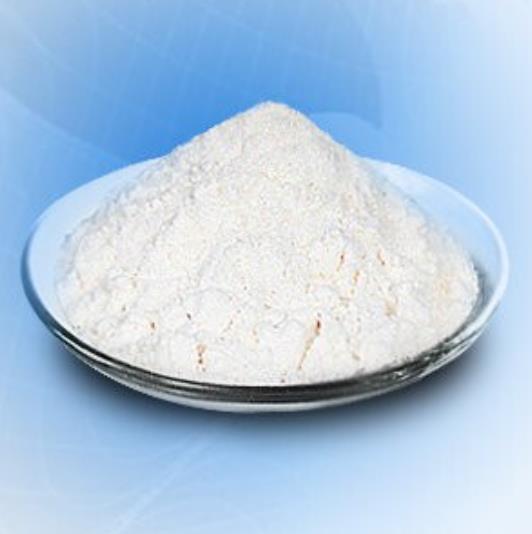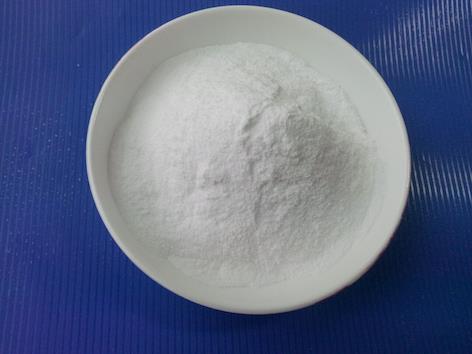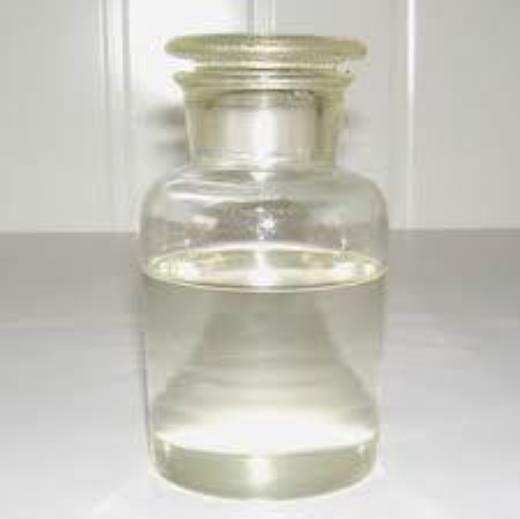Dextran 5: An Overview of Its Synthesis, Composition, Applications, and Storage
Introduction
Dextran 5, a low molecular weight version of the well-known polysaccharide dextran, has garnered significant attention in both pharmaceutical and biotechnological fields. As a derivative of the naturally occurring dextran produced by certain lactic acid bacteria, Dextran 5 offers specific properties that make it highly suitable for a variety of applications. This versatile polysaccharide's unique physicochemical properties such as excellent biocompatibility and solubility enhance its utility in clinical settings. This article provides a comprehensive overview of Dextran 5, delving into its synthesis, main components, uses, and storage practices, spotlighting its importance and potential in science and medicine.

Figure 1 Characteristics of Dextran 5
Synthesis
The synthesis of Dextran 5 involves the enzymatic polymerization of sucrose. This process is primarily facilitated by the dextran-sucrase enzyme, secreted by specific bacteria such as Leuconostoc mesenteroides. The enzyme catalyzes the transfer of glucose from sucrose to a growing dextran chain, resulting in polymers of varying sizes. The molecular weight of these dextrans is controlled through the reaction conditions, such as enzyme concentration, temperature, and reaction time. For Dextran 5, careful calibration is necessary to achieve its notably low molecular weight, typically around 500 Daltons.
Main Components
Dextran 5 is predominantly composed of α-D-(1→6) glucosidic linkages with occasional α-D-(1→3) branch points. This specific structural arrangement imparts a unique combination of solubility, stability, and biocompatibility to Dextran 5, distinguishing it from higher molecular weight dextrans. The relatively simple and linear structure of Dextran 5 contributes to its ease of use in various applications, particularly in pharmaceutical formulations. Its molecular architecture not only facilitates rapid dissolution in aqueous solutions but also minimizes undesirable interactions with biological systems, making it an ideal candidate for sensitive biomedical applications including drug delivery systems and diagnostic assays.
Applications
Dextran 5 is extensively used in the medical field due to its osmotic properties and biocompatibility. One of its primary uses is in volume expansion therapy, where it serves as a plasma volume expander in cases of hypovolemia. Additionally, its low viscosity and osmolarity make it an ideal choice for drug delivery systems, especially for delivering small molecule drugs and proteins. Dextran 5's role in improving the stability and shelf life of biopharmaceuticals further underscores its utility in drug formulations. Beyond its medical applications, Dextran 5 is also employed in biochemical assays and as a calibration standard in chromatography due to its well-defined molecular weight. Its versatility extends to research laboratories where it is used in cell culture media to promote cell growth and in cryopreservation solutions to protect cells during freezing. This broad spectrum of applications highlights Dextran 5's essential role not only in therapeutic contexts but also in scientific research, adding a layer of indispensability to this remarkable polysaccharide.
Storage
The storage of Dextran 5 is crucial for maintaining its chemical integrity and effectiveness. It should be stored in a cool, dry place away from direct sunlight. Temperature should ideally be maintained below 25 degrees Celsius to prevent degradation or any microbial growth. In powdered form, Dextran 5 is relatively stable and can be stored for extended periods under optimal conditions. However, solutions of Dextran 5 should be used shortly after preparation or stored at 4 degrees Celsius for no more than a few days to preserve its properties.
Conclusion
Dextran 5 continues to play a pivotal role in various scientific and medical applications due to its unique properties and functionalities. From synthesis to storage, each aspect of handling Dextran 5 is critical in leveraging its full potential. As research progresses, the applications of Dextran 5 are likely to expand, further establishing its importance in the realms of chemistry and medicine. For professionals in the field, understanding the nuances of Dextran 5 not only enriches their knowledge base but also opens up new avenues for innovation and application in their work.
![Article illustration]() References
References
[1]Ahmad S, Tester R F, Corbett A, et al. Dextran and 5-aminosalicylic acid (5-ASA) conjugates: synthesis, characterisation and enzymic hydrolysis[J]. Carbohydrate research, 2006, 341(16): 2694-2701.
[2]Robyt J F, Yoon S H, Mukerjea R. Dextransucrase and the mechanism for dextran biosynthesis[J]. Carbohydrate research, 2008, 343(18): 3039-3048.
Related articles And Qustion
Lastest Price from Dextran manufacturers

US $0.00-0.00/KG2025-07-08
- CAS:
- 9004-54-0
- Min. Order:
- 1KG
- Purity:
- Mw: 35000-45000; EP; Injection grade
- Supply Ability:
- 10 tons

US $1.00-4.00/KG2025-05-13
- CAS:
- 9004-54-0
- Min. Order:
- 1KG
- Purity:
- 99%
- Supply Ability:
- 200000KG



